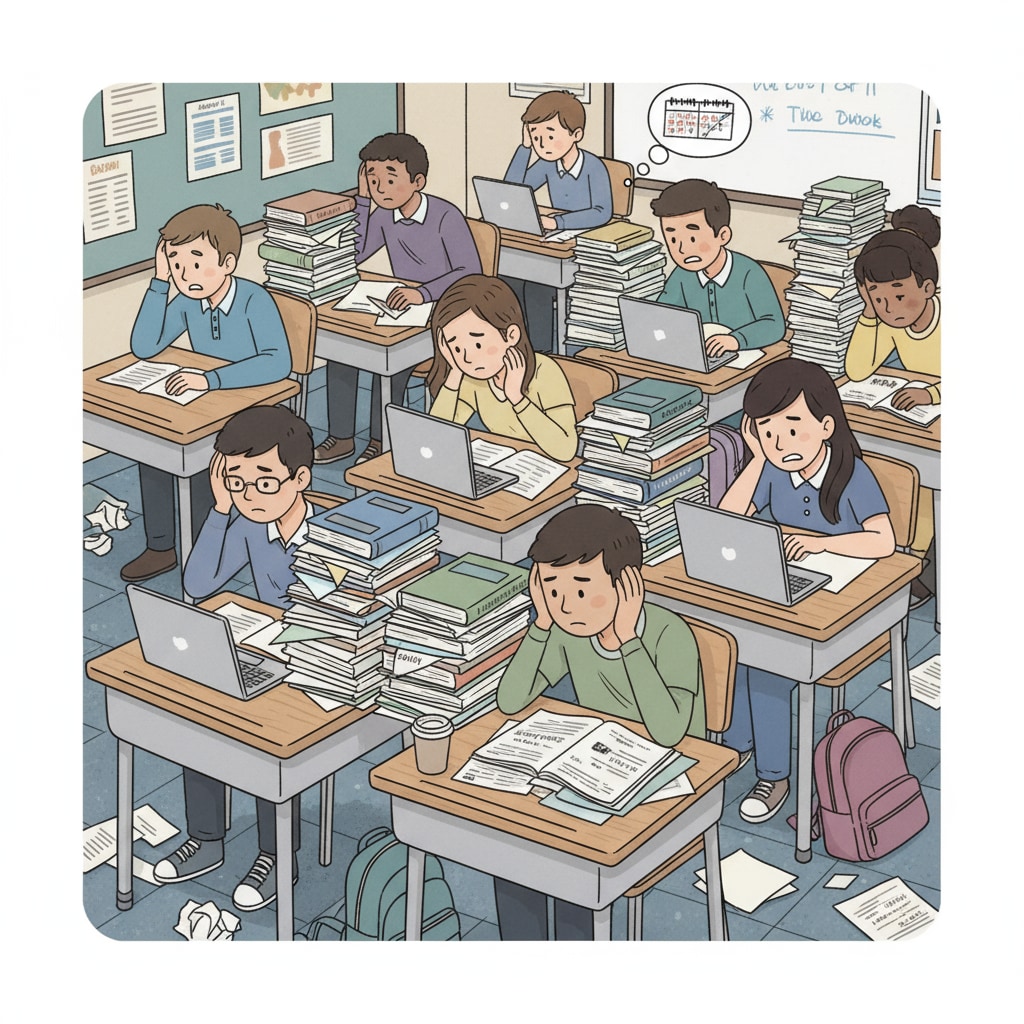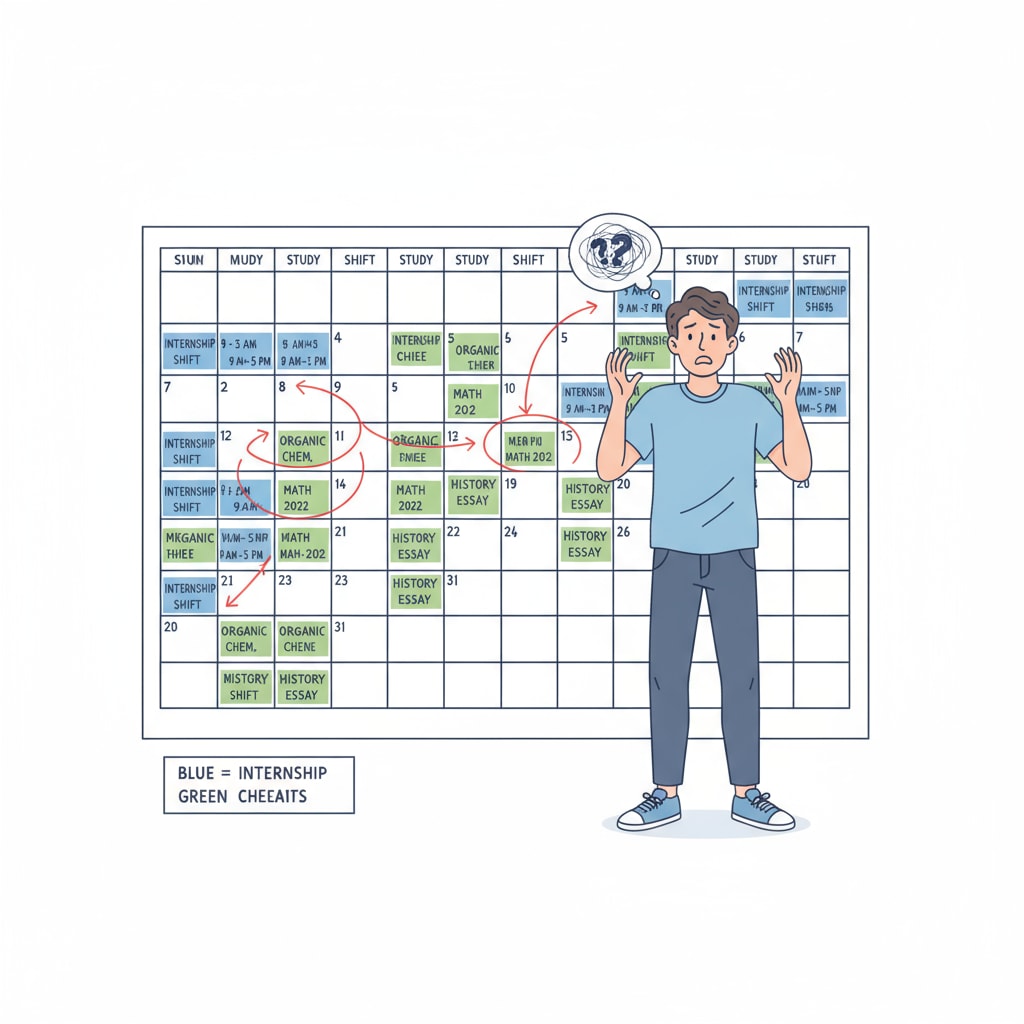Internship workload, learning time conflict, and working hours adjustment are significant challenges that K12 students, particularly high schoolers, encounter when participating in vocational internships. The pursuit of early career exposure often brings about a delicate tightrope walk between gaining practical experience and maintaining academic progress. For instance, students may find themselves overwhelmed with the demands of their internship, leaving little time for studying, assignments, and exam preparation. This not only affects their academic performance but also takes a toll on their mental and physical health.

The Impact of Excessive Internship Workload
When students take on an excessive internship workload, it can lead to a domino effect on their academic performance. With less time dedicated to studying, they may struggle to keep up with the curriculum, resulting in lower grades. Moreover, the stress associated with trying to meet both internship and academic demands can cause burnout. According to American Psychological Association (APA) research on stress, high levels of stress can lead to various health issues, including anxiety and depression. In addition, students may miss out on important extracurricular activities that contribute to their overall development.
Learning Time Conflict: A Common Struggle
Learning time conflict is a prevalent issue for K12 students during internships. The rigid working hours of an internship may clash with their study schedules. For example, they might have to attend internships during the day and then try to catch up on schoolwork in the evenings, leaving them with limited time for rest. This lack of proper rest can further exacerbate their inability to focus on both their internship tasks and academic studies. As a result, students may find themselves in a cycle of stress and decreased productivity.

Strategies for Working Hours Adjustment
One effective strategy for working hours adjustment is to communicate openly with the internship supervisor. Students can explain their academic commitments and request a more flexible schedule. For example, they could ask for part-time hours or the option to work remotely on certain days. Another approach is to prioritize tasks. By making a to-do list and focusing on the most important tasks first, students can make the most of their limited time. Additionally, time management techniques such as the Pomodoro Technique can be helpful. This involves working in focused intervals followed by short breaks, which can boost productivity. According to Wikipedia’s page on the Pomodoro Technique, it has been proven effective in enhancing concentration.
In conclusion, K12 students need to approach internships with careful consideration of internship workload, learning time conflict, and working hours adjustment. By implementing effective time management strategies and communicating their needs, they can strike a balance between gaining valuable career experience and achieving academic success. This balance is crucial for their overall development and future prospects.
Readability guidance: Using short paragraphs and lists helps summarize key points. Each H2 section provides a clear focus. Controlling passive语态 and long sentences, and adding transitional words like “however”, “therefore”, “in addition”, “for example”, and “as a result” throughout the text enhances readability and logical flow.


